|
The purfling at top of the back cannot be traced with the tool directly as there is a bit food sticking out to which the neck will later attach. I cut a template from the ribs so that I can connect the lines coming from both sides. Once the outer edge of the purfling channel was complete I made the inner edge by adjusting the width of the cut on the tool. Once both edges are established, the channel can be cleared with a small chisel like tool.
Luthier Lucas Fabro has a nice YouTube channel. He is currently creating a video series on how to make a cello. His video on purfling can be found here Making a Cello - The purfling.
0 Comments
Happy new year!
I have had a long break in building the cello. Lot's of other things have happened. But now in the new year it is time to continue again. I had started the purfling channel but hadn't finished the corners. These are tricky and I haven't really been able to figure out how they are generally done. Looking at some photos of cellos, it looks to me like the distance of the purfling is pretty much constant around the C's and the upper and lower bout are adjusted to make a nice curve. So that's what I decided to do. I used a French curve to get a nice curvature. A couple of days ago already I started to make the purfling channel. The purfling is 5 mm from the edge of the back. I am going to make the channel with the tool I built for the first cello. The tool is used to make a clear line for the outer edge of the channel first. The line will be made deeper with a knife.
I prepared the purfling platform today. First I marked the final edge thickness and then using a small plane, a chisel and a file I created a flat edge all around the back.
I decided not to overthink the corners. I will go pretty close to the lines as they are now. I will leave a millimetre or two at the corners and will refine those before it is time to add the purfling. Which should be pretty soon.
I haven't been reading my earlier blog posts much. Now would be the time to have a look what I did the first time. It's time to refine he corners. I am pretty happy how the lower corners turned out so I started on those. I need to figure out how to deal with the upper corners. I think they are too pinched. I don't want to touch the ribs any more but I hope I can improve the appearance by subtle changes to the back and front.
Some good progress today. I took out the transverse arching guides for the back and first roughly planes and gouged out the locations of the guides. I then removed some excess material with the gouge between the guide locations. This is still very rough but maybe good enough for the moment.
I wasn't quite happy with the shapes of the corners. As a next step I should finish the outside of the back before starting with the purfling. I've had a bit of a break. No special reason, just other things to do. Today I sharpened my toothed plane and started refining the arching with it. These little planes can be pretty aggressive.
Slow progress on the longitudinal arching but soon the ends are level with the edge. That is as far as I want to go at the stage.
I used a router after all. And got the confirmation that I don't really want to do that too much. But maybe it has it's place. I used to it to create a clear edge of well defined thickness around the back to help with the manual work. After the edge had been created I used again a gouge and plane to remove material from the back.
It is interesting how different the experience of using a router is. Almost a violent operation with no consideration for the characteristics of the wood. |
AuthorElias keeps growing so a bigger cello will be needed eventually. With the previous cello I had to hurry up a little as Elias needed it already. With this one I want to avoid the pressure. Archives
April 2022
Categories
All
|
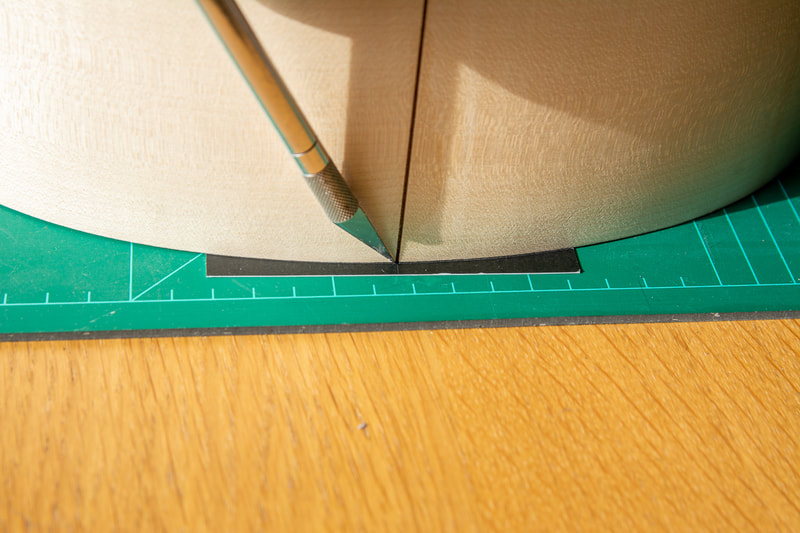

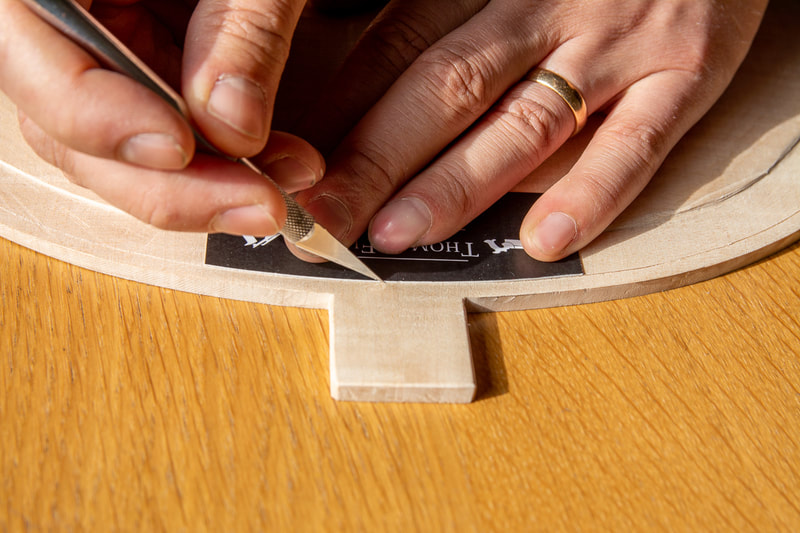
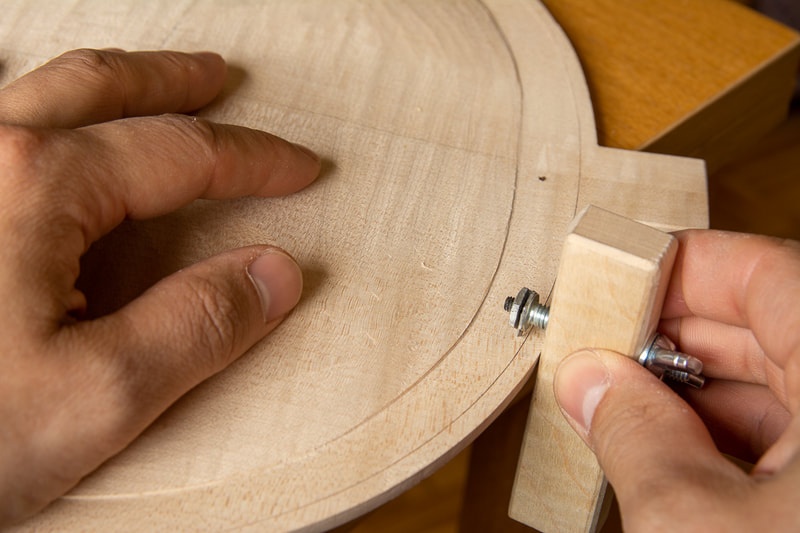
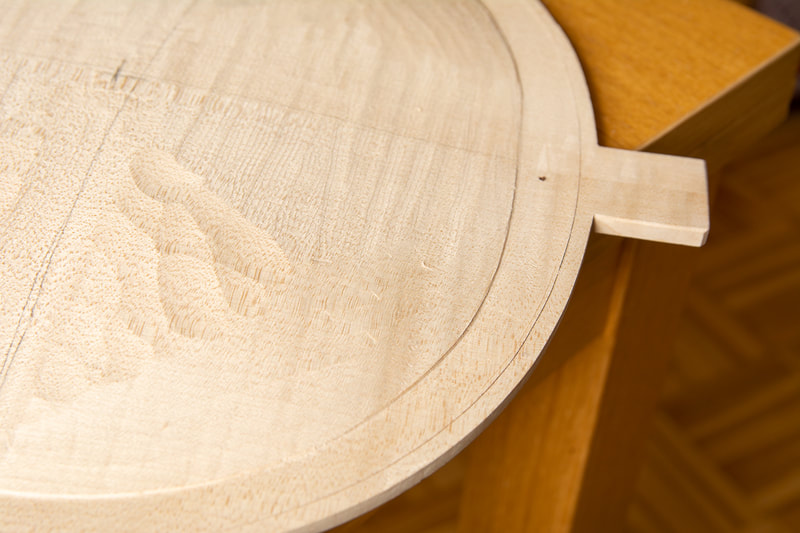
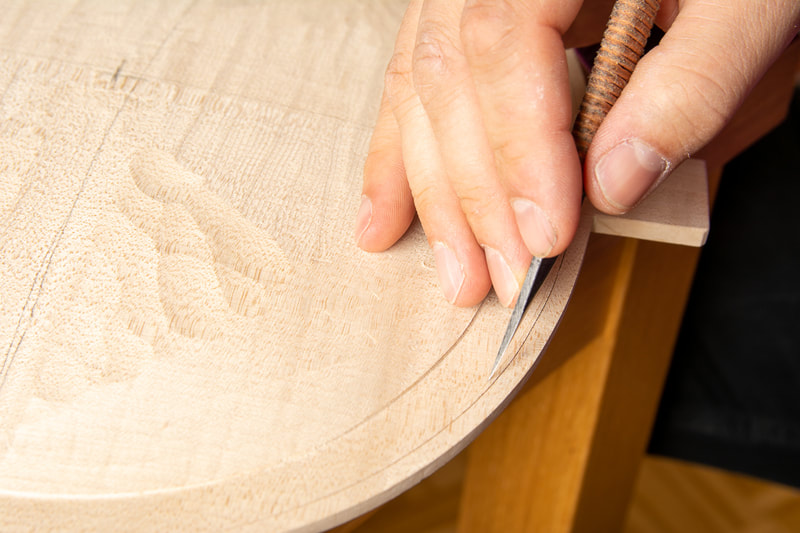
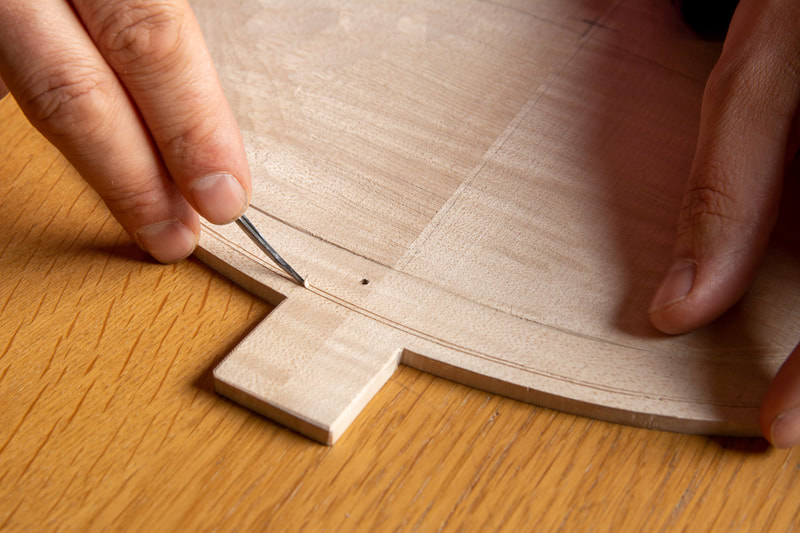
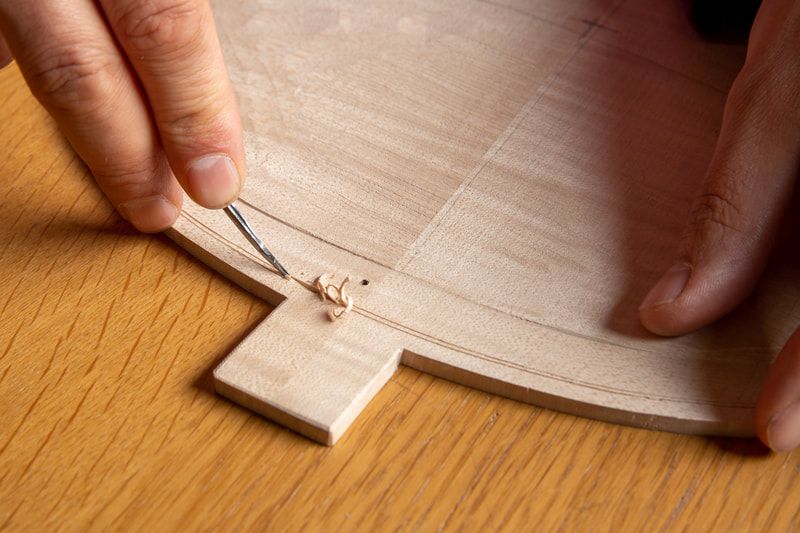
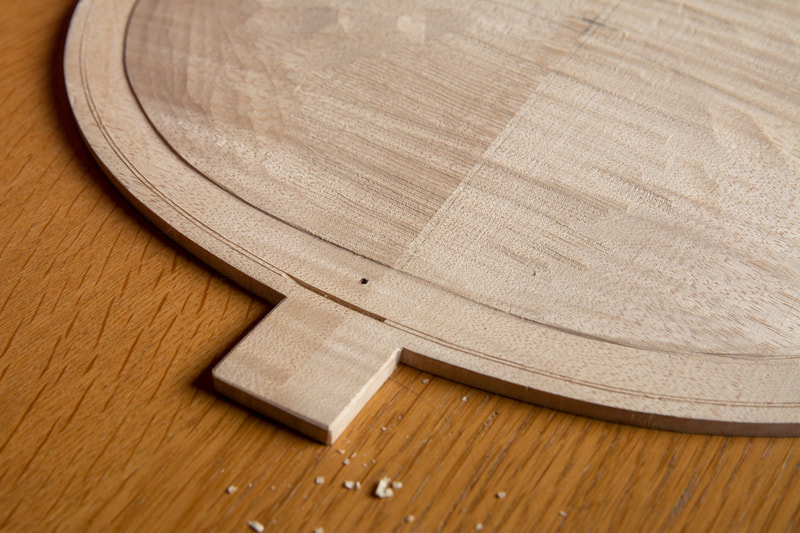
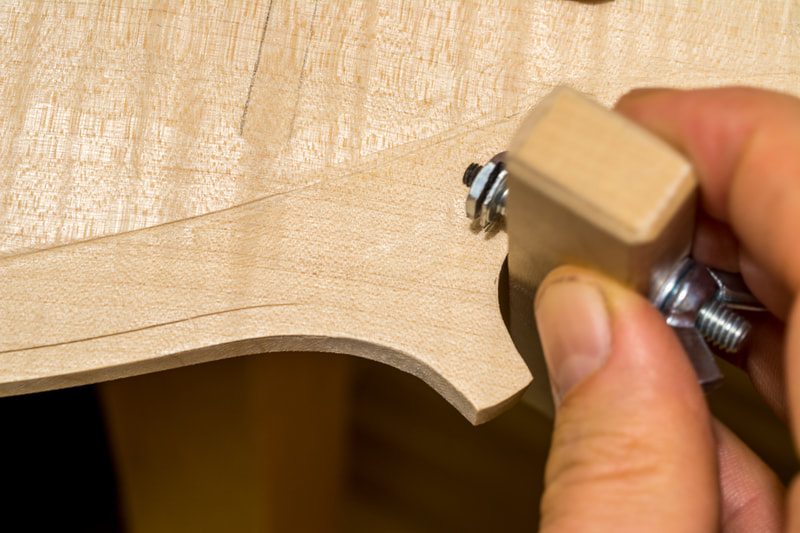
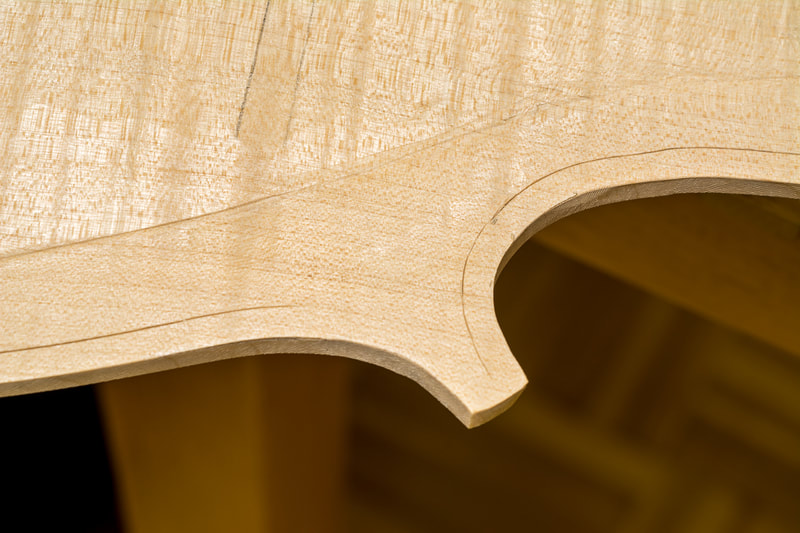
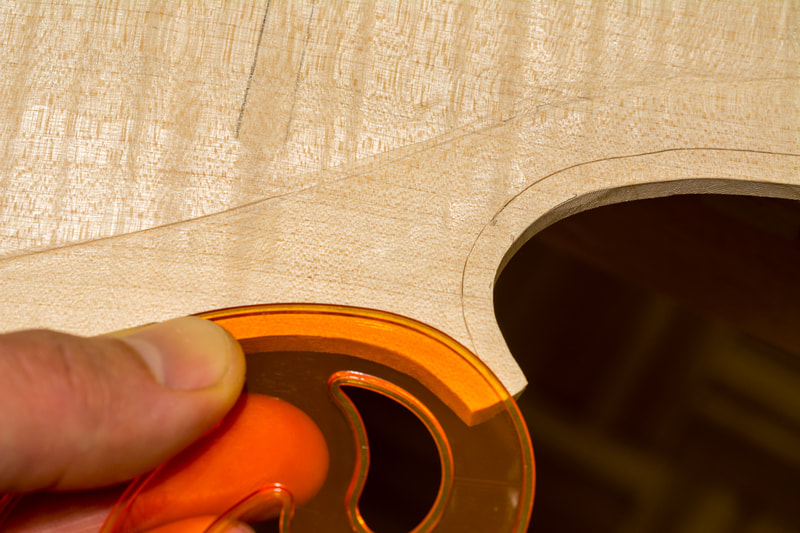
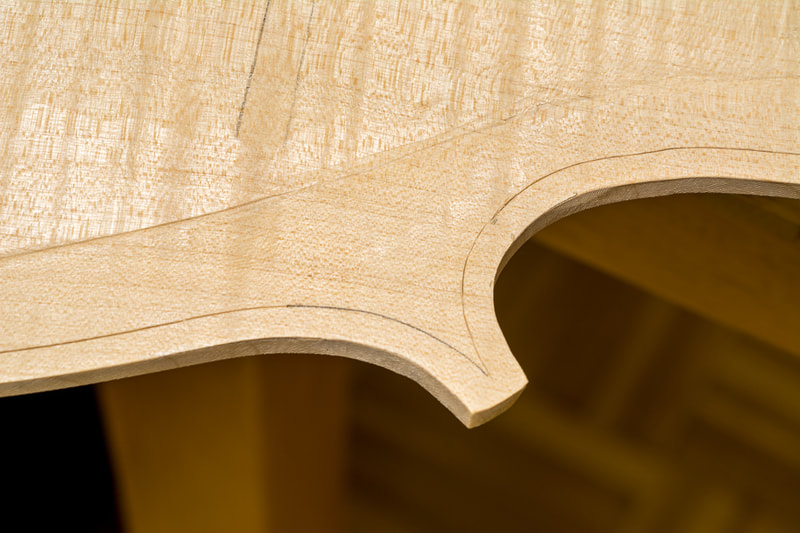
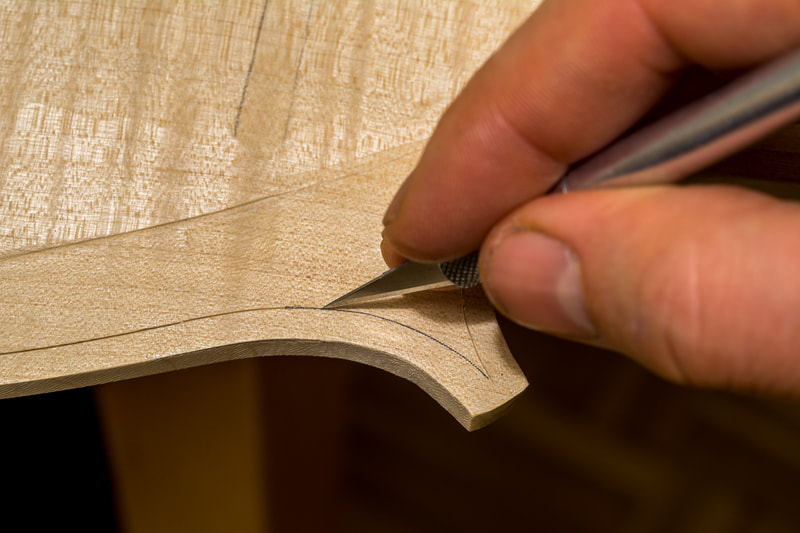
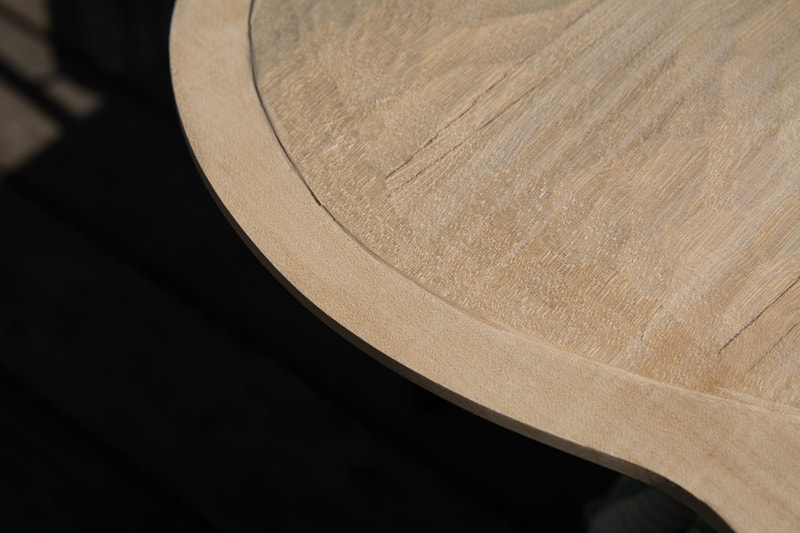
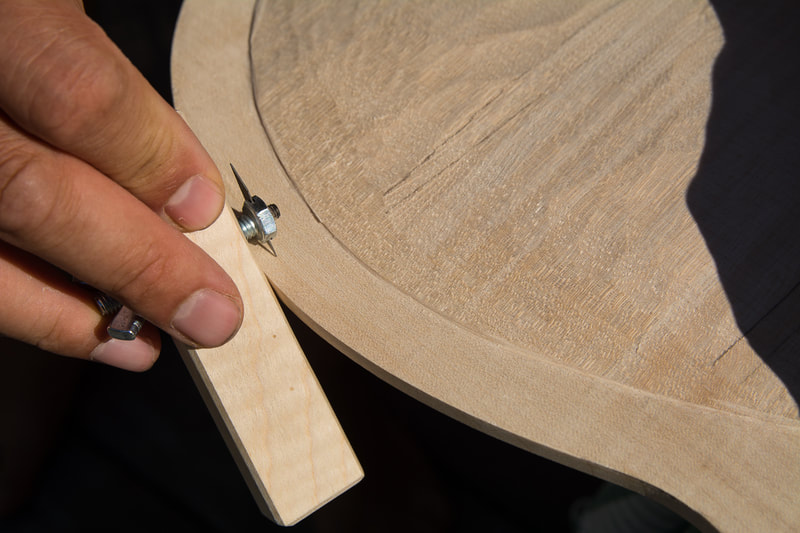
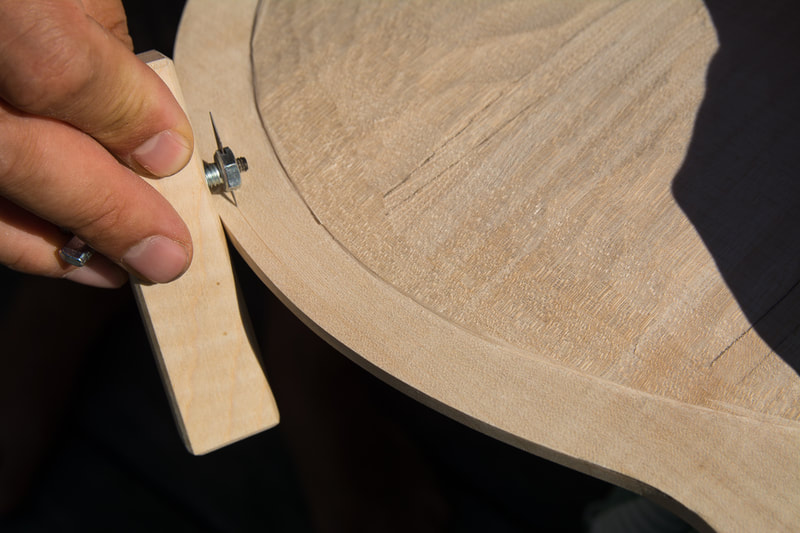
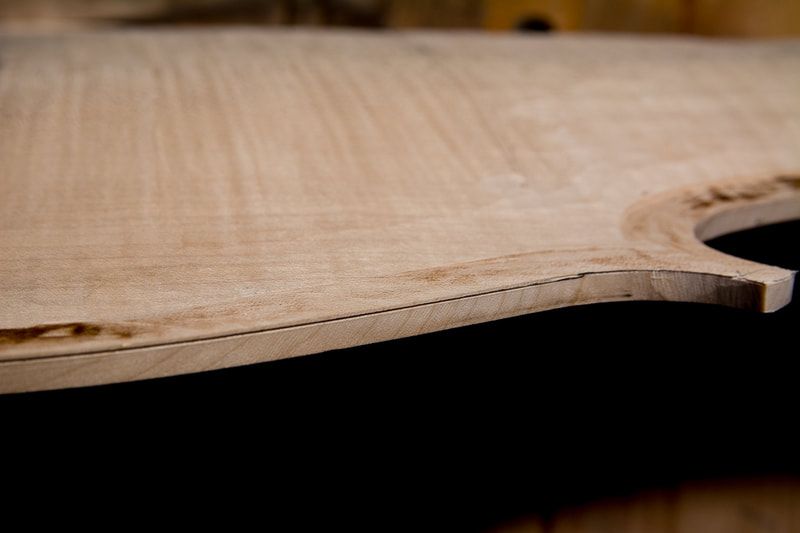
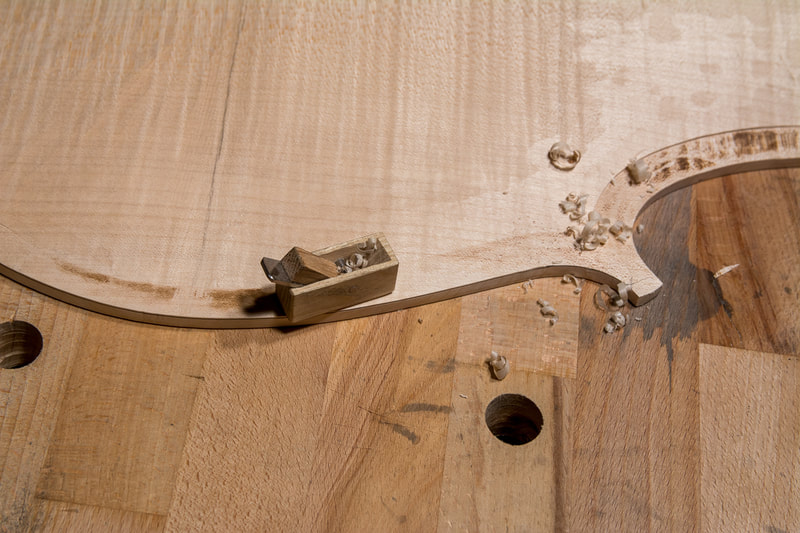

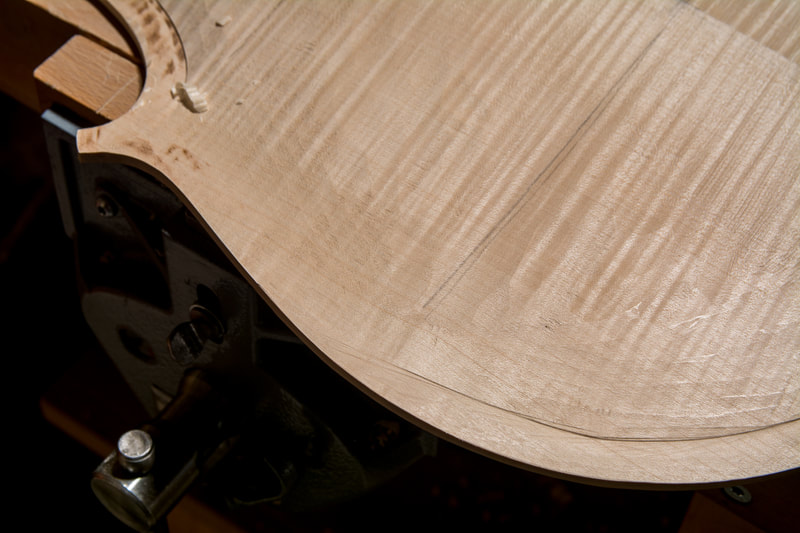

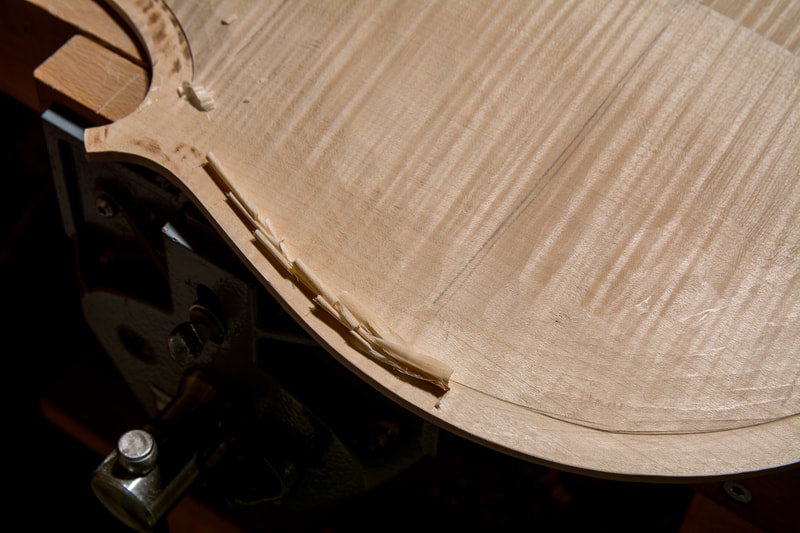
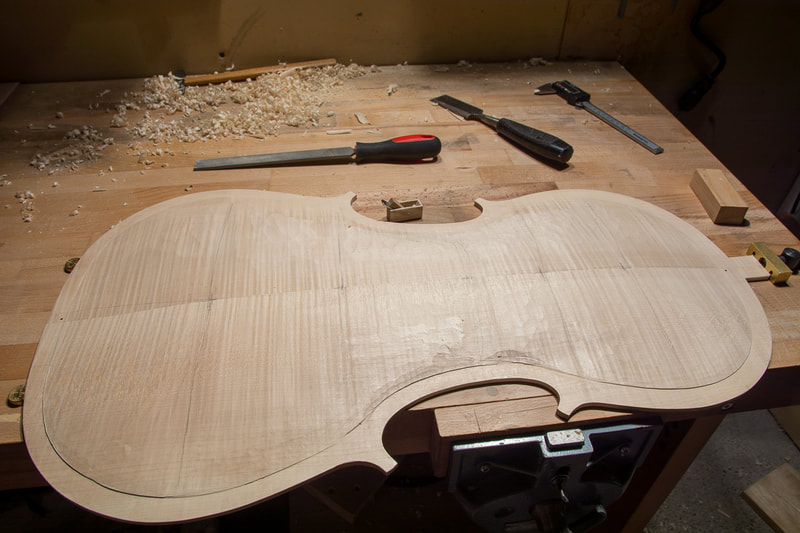

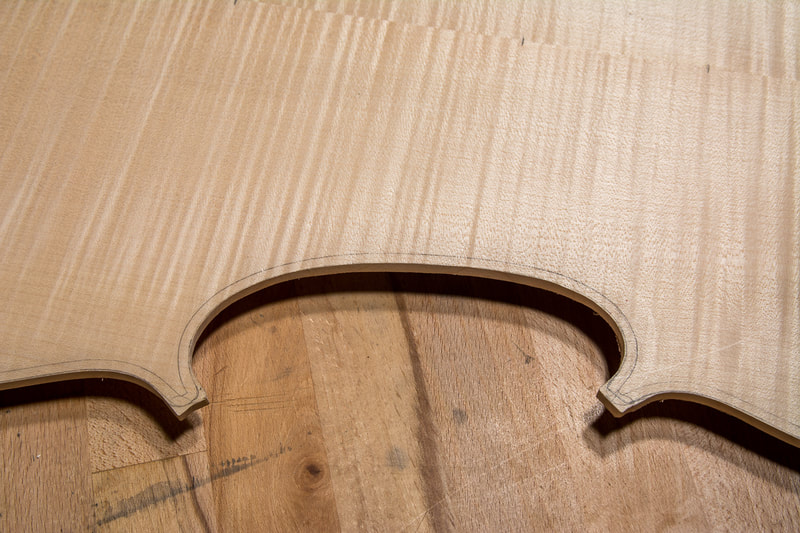
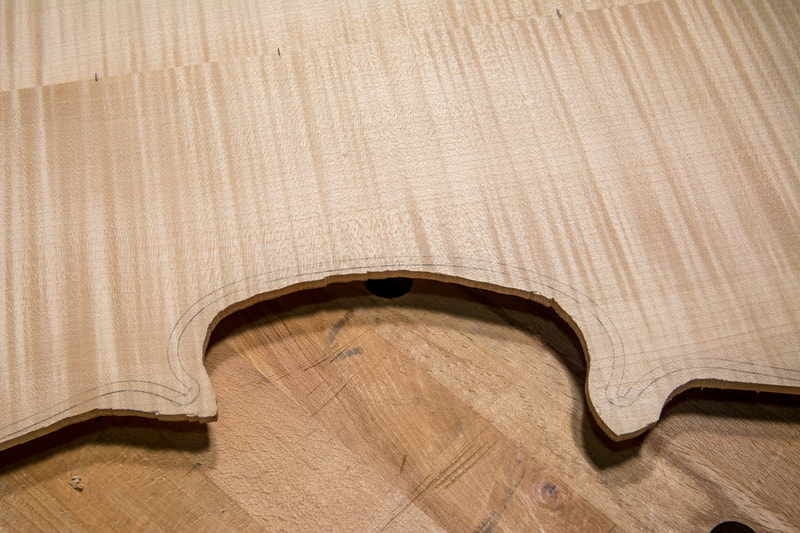
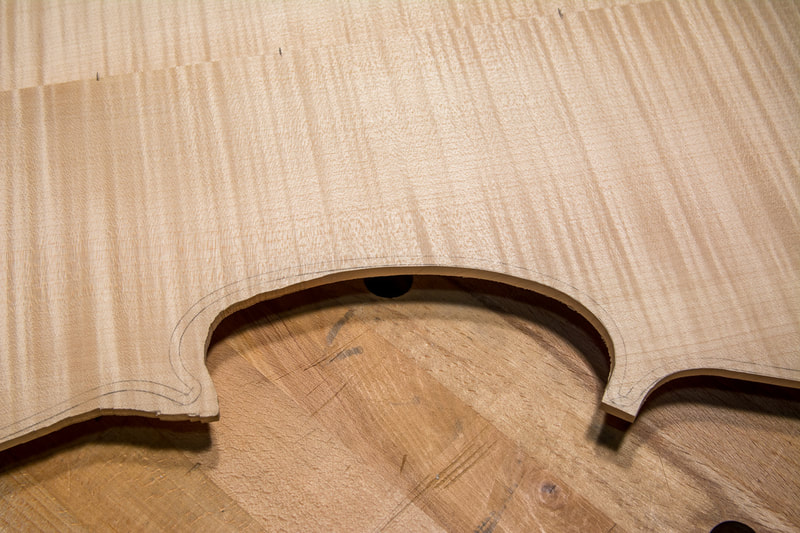
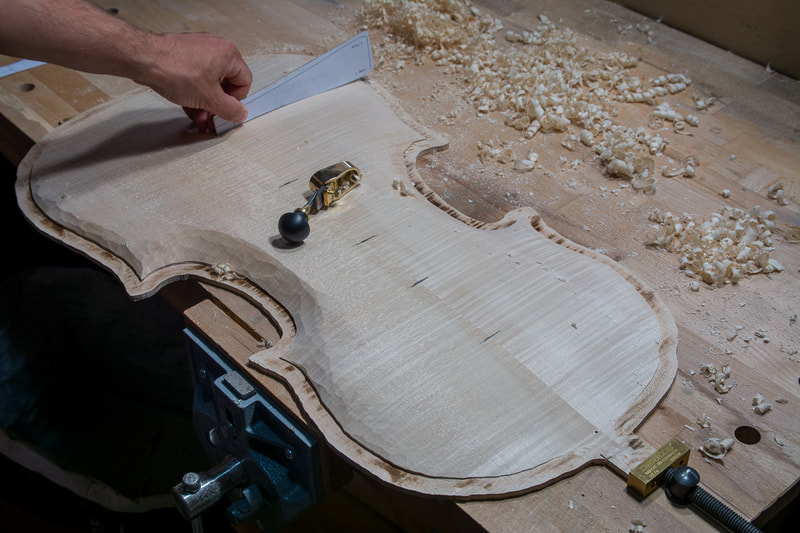
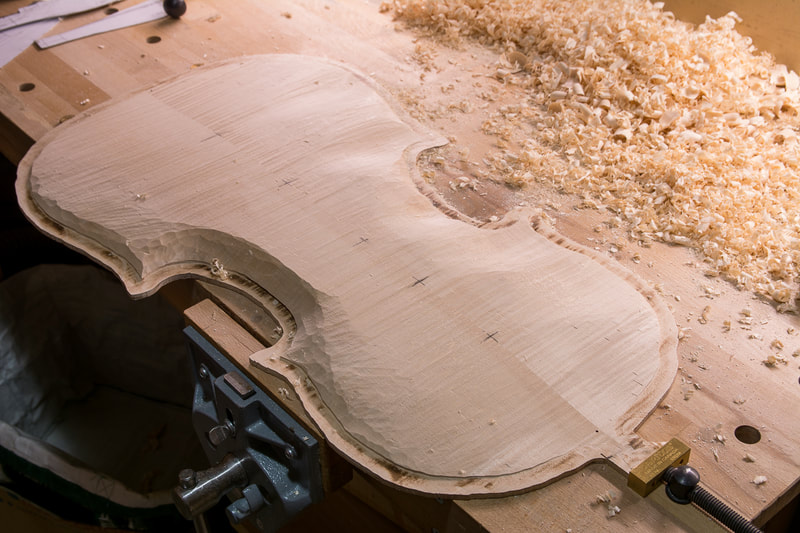
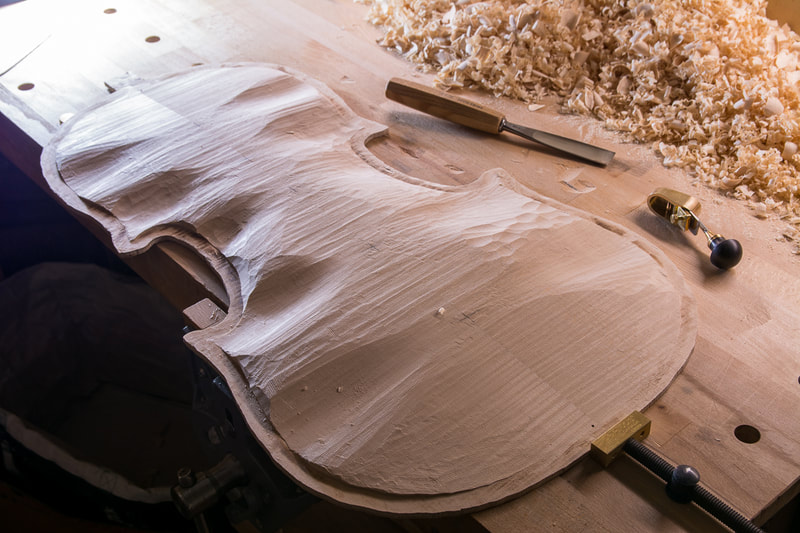
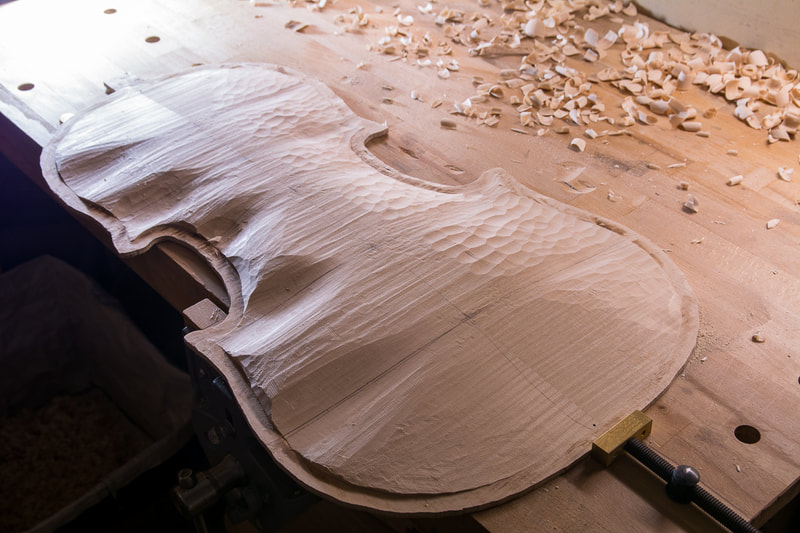
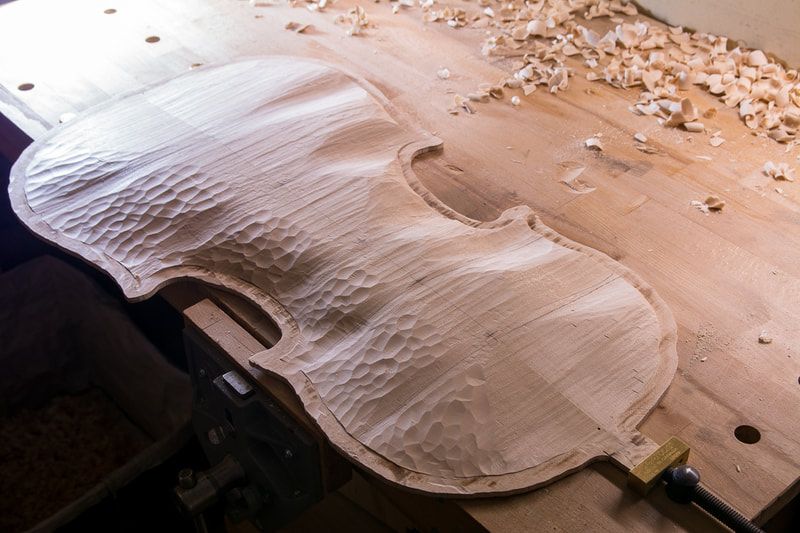
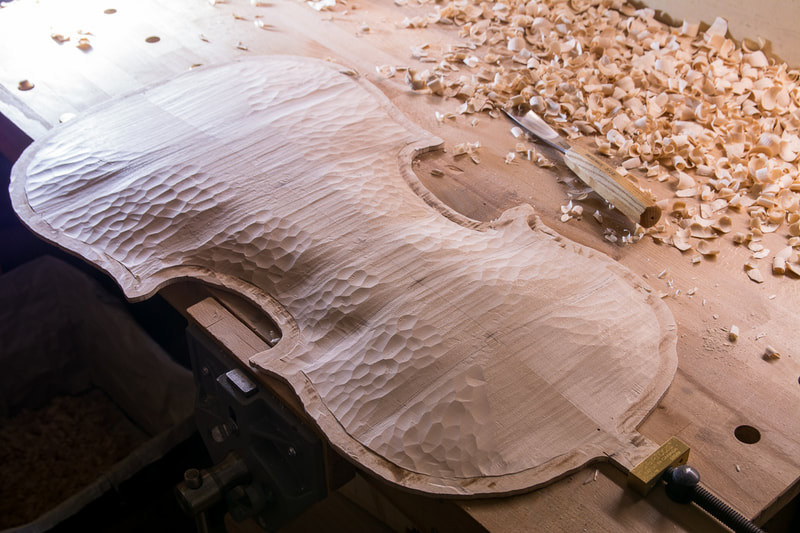
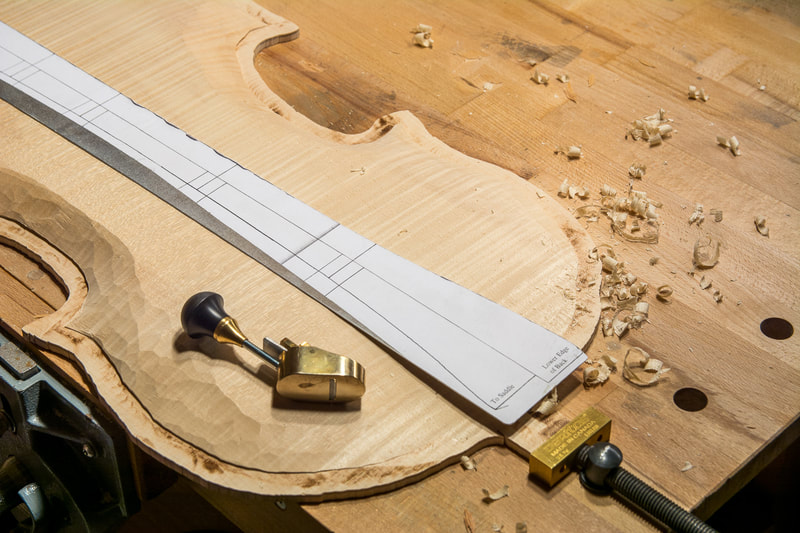
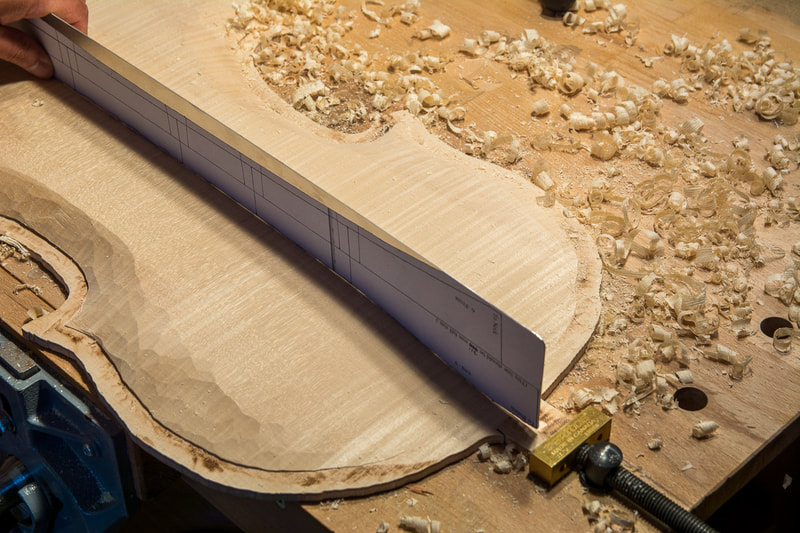
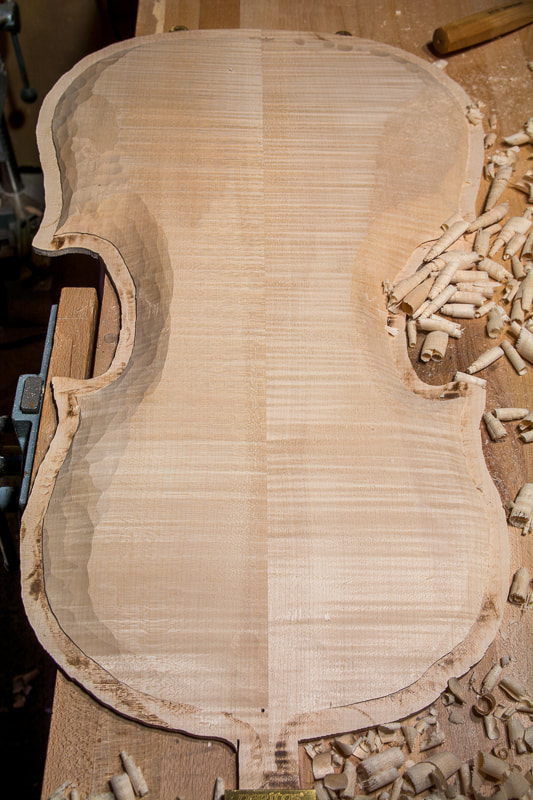
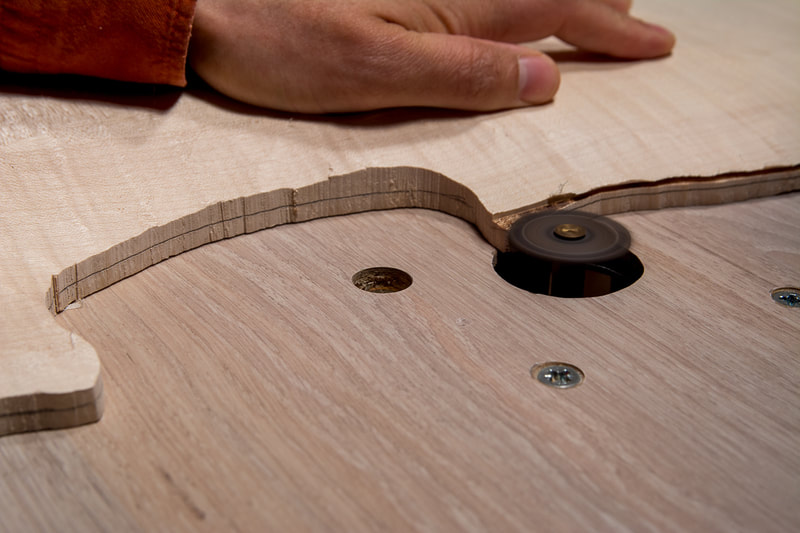
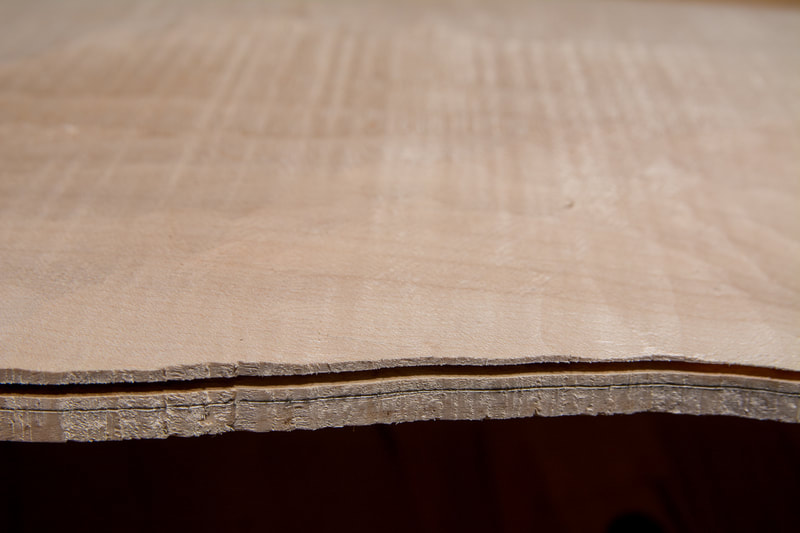
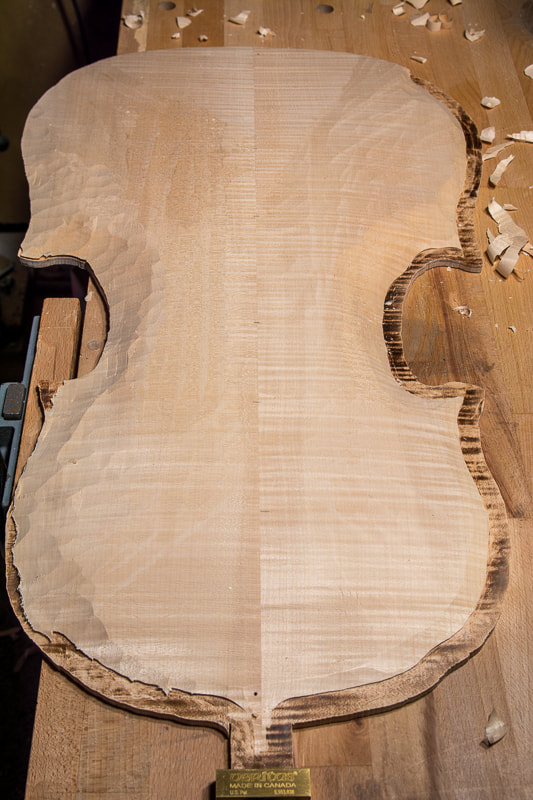
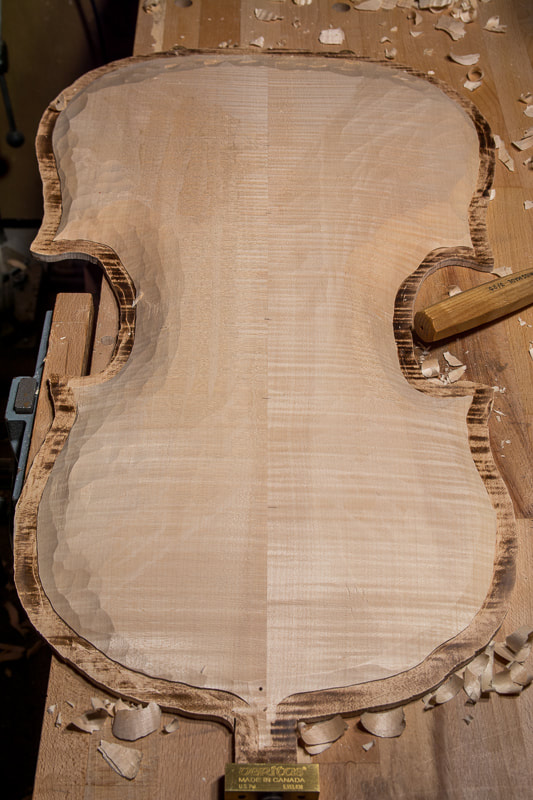

 RSS Feed
RSS Feed